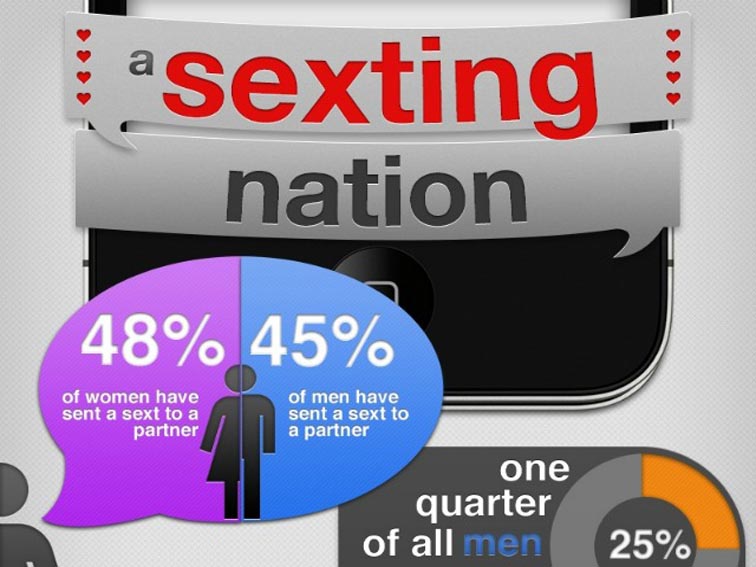Sexting: A Definition
by TeachThought Staff
This is the first in a 3-part series on sexting and technology. These will be quick-hitting posts to sketch out the problem and begin to address it.
The first will look at the definition of sexting and the scale of the problem, the second tomorrow evening will take a look at Snapchat, an app that has found a niche as a sexting facilitator, while the third will look at how you can begin to respond as an educator.
Definition
Sexting is what it sounds like it might be–sending sexually-implicit or explicit text message. These are usually multimedia texts–pictures of the sender in various stages of undress.
But they don’t necessarily have to be nude images. Sexually implicit text-only messages also qualify. In fact, sexting could be defined as the process of sending any communication that relays sexual desire or intent.
These are usually sent from a mobile device, whether through the phone’s stock messaging system, or apps like Snapchat. This makes them easy to take, send, and delete while minimizing “getting caught.”
Whether they are a natural product of sexual curiosity or further proof that the sky is falling depends on your perspective, but it’s hard to dispute the danger a teen (or adult) faces with naked pictures of themselves floating around. When you involve schools into the equation, the situation gets even more delicate–and dangerous.
Sexting Statistics
According to the following infographic, 25% of all men have sent a “sext” to someone who wasn’t a partner, compared to 16% of women.
16% of presumably those same men have sent sexts to family members by accident, compared to 8% of women.
48% of women have sent a sext to a partner, compared to only 45% of men.
While these figures describe sexting patterns of adults, for teens it’s not much different.
According to National Campaign to Prevent Teen and Unplanned Pregnancy, 40% of teen boys and 37% of teen girls admit to sending sexually implicit text messages. The actual statistics vary from study to study, but the message is clear: somewhere approaching half of teens are likely to send or receive “sext messages.”
Tomorrow, we’ll look at one of the main facilitators of this trend, and Tuesday we’ll finish up with a look at how you can address it in your school or classroom–both directly and indirectly.

Sexting & Technology: The Definition Of Sexting
